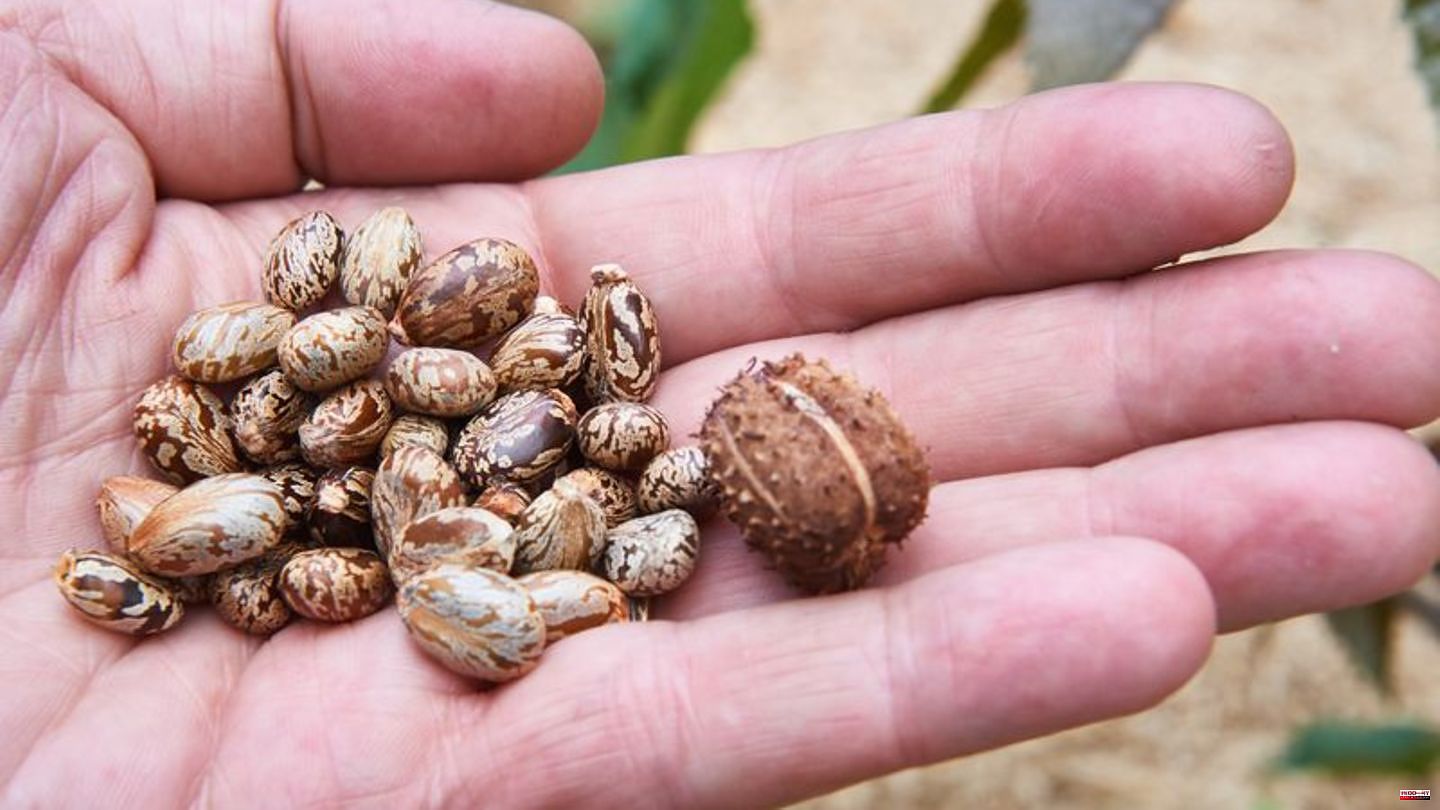The search did not confirm the suspicion: anti-terrorist investigators found neither ricin nor cyanide in the apartment of a suspected Islamist in the Ruhr area, although it was suspected. How do the toxins work and how are they used?
Reason
Ricin is a plant toxin that is mainly found in the seeds of the castor tree (Ricinus communis). It is obtained after pressing out the oil from the residue of the seeds. The plant is cultivated for the production of castor oil, under the name Wunderbaum the species is also popular with allotment gardeners as an ornamental plant. In cells, ricin blocks protein synthesis. It is particularly toxic when injected or inhaled. Symptoms include nausea and vomiting, muscle pain, liver and kidney damage and circulatory failure, and if inhaled, effects on the airways such as pulmonary edema. In the event of poisoning, the symptoms are treated, but there are currently no specific therapy options.
Cyanide
Cyanides - especially potassium cyanide, known as potassium cyanide - have long been used for targeted poisoning. They work not only when swallowed, but also after inhalation through the lungs. When cyanides come into contact with water, hydrocyanic acid (hydrogen cyanide) is formed, which is known for its typical smell of bitter almonds. The respiratory poisons take effect very quickly, and the victims die of respiratory paralysis. Among other things, cyanides are used to harden steel, in the manufacture of plastics and in the synthesis of organic compounds. Cyan compounds repeatedly lead to mass deaths of fish and other aquatic creatures when they enter water bodies, for example from mines. Poisoning in humans can occur, for example, after eating bitter almonds or apricot kernels. There are also non-toxic cyanides that are used, among other things, as a food additive.












